Chinese contemporary photography in Flux Realities
From flights of fancy to skewed histories, the latest show at ArtScience Museum explores the world of contemporary China through the eyes of its photographers.
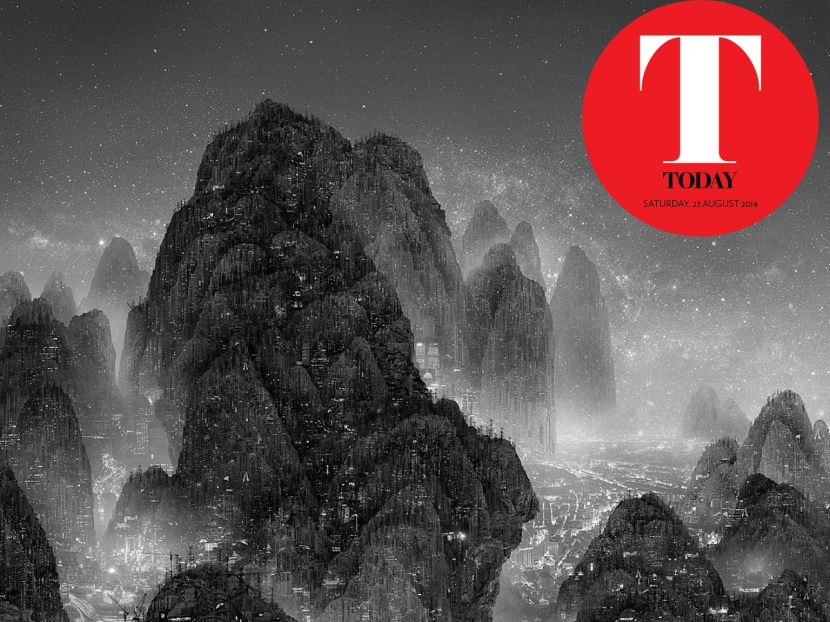
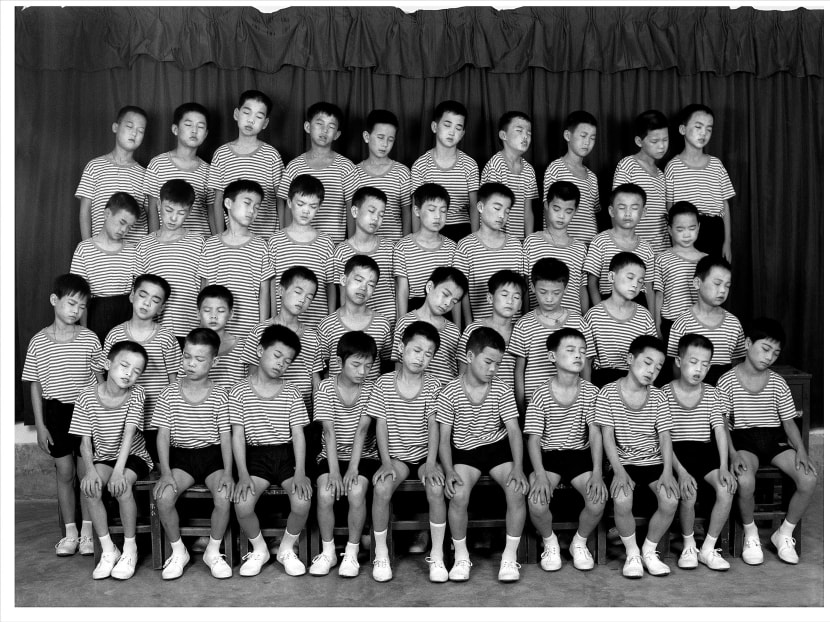
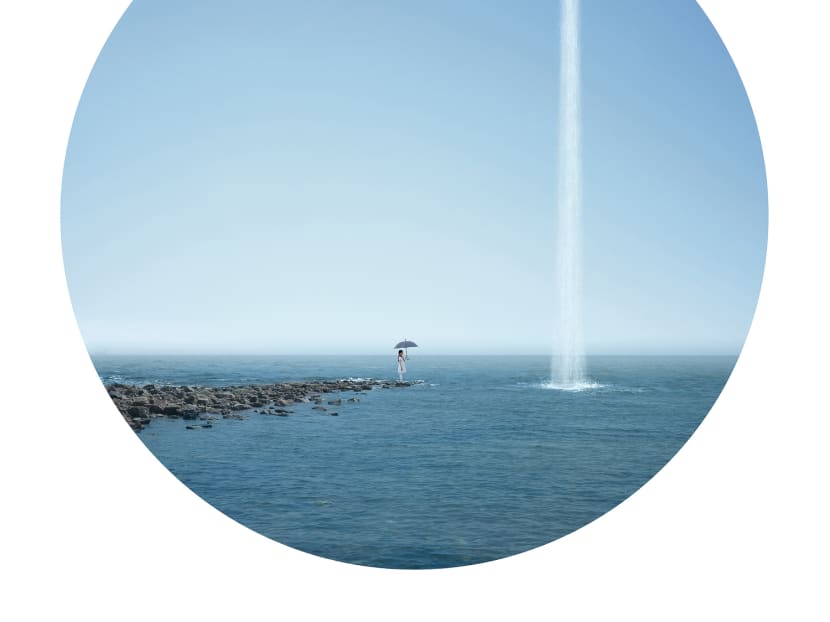
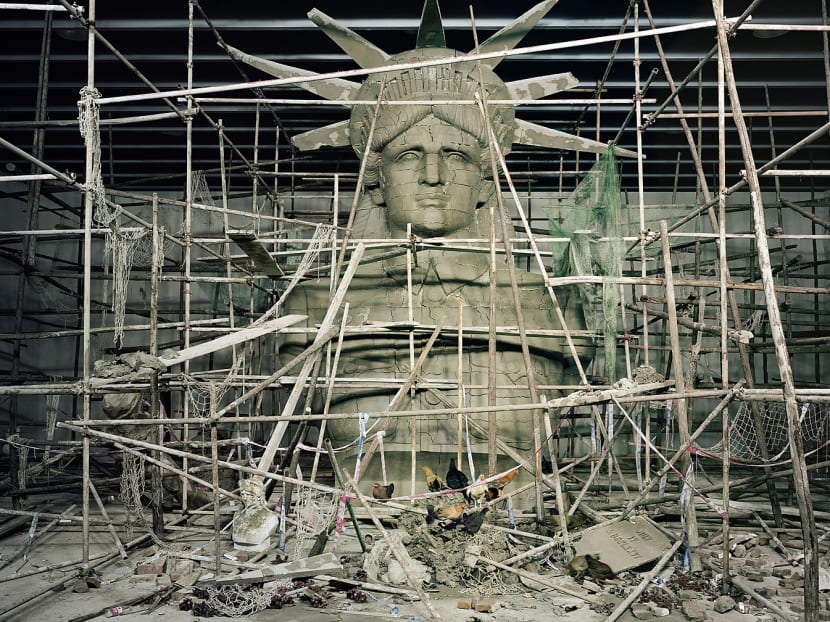
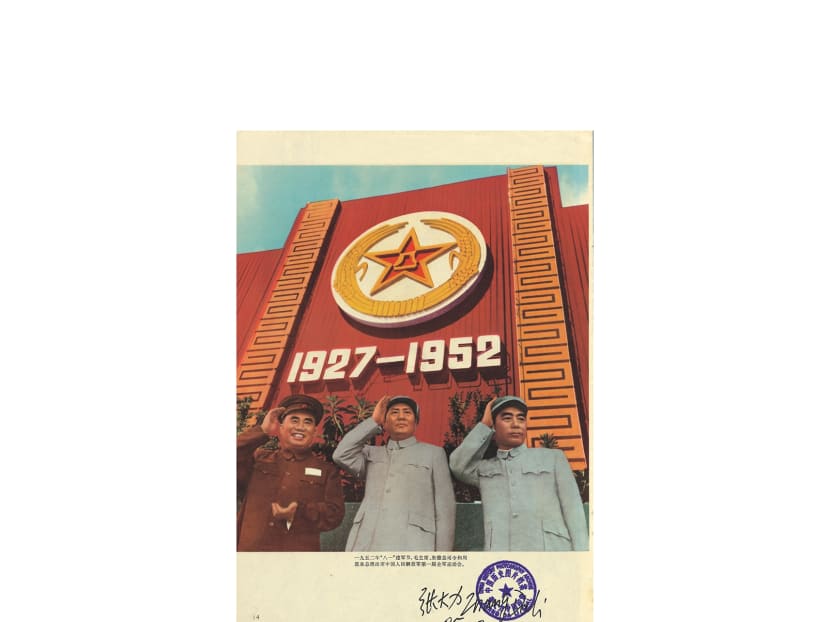
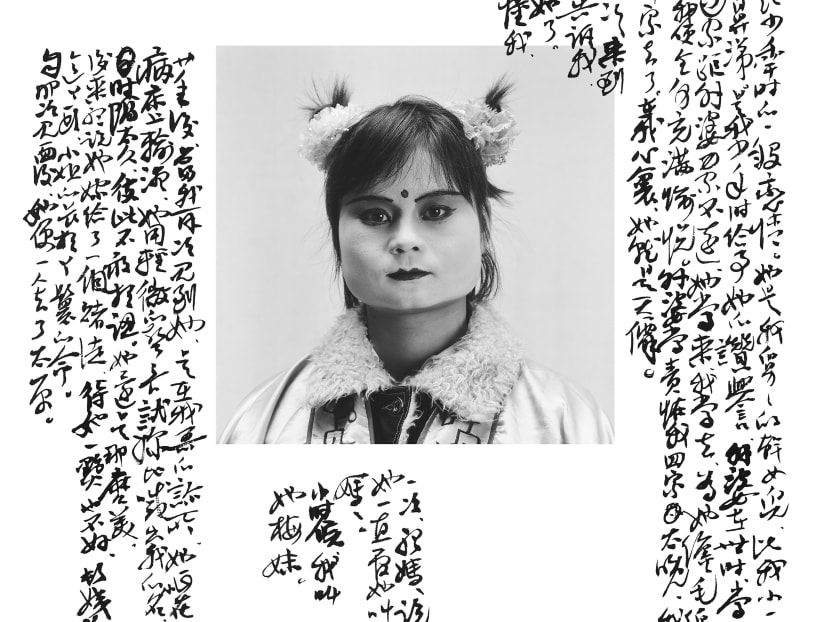
From flights of fancy to skewed histories, the latest show at ArtScience Museum explores the world of contemporary China through the eyes of its photographers.
Comprising 60 photographs and two video works by seven established and emerging artists, Flux Realities is the first of two exhibitions at the museum in association with the coming Singapore International Photography Festival (SIPF). The second show, done by SIPF in collaboration with the Netherlands’ Noorderlicht International Photofestival, is slated for October.
“China has been making waves in the socio-economic and political domains. With the onslaught of massive development, the dreams of individuals are abandoned,” said Gwen Lee, the show’s curator and SIPF director, who deliberately chose artists born in different points of China’s modern development from the 1960s to the ’80s.
With this backdrop of change and loss, the show highlights “acts of remembering, through reflection, imagination or nostalgia,” she added.
Dream-like, surreal imagery dominates Flux Realities, such as Wang Ningde’s Some Days series comprising subjects with eyes closed as if sleeping or deep in thought. Or Wei Bi’s diary-like series of photographs with calligraphic inscriptions around them. “For him, the image, which is supposed to speak a thousand words, is never enough to tell the complete story,” said Lee.
But the artists’ introspective works are also linked very much with social changes. In Maleonn’s Postman series, a postman on a bicycle gets lost among the old, rundown streets of Shanghai, finding himself in unusual, awkward situations as he is unable to deliver his letters. Meanwhile, a little girl inhabits Liu Xiaofang’s haunting landscapes, finding herself in a plane, on top of a bomb or floating in the middle of the sea. Both artists’ series tap into their childhoods, and in the case of Liu, is perhaps an escapist reaction to the frenzied industrialisation that surrounded her while growing up.
The idea of “the personal” disappears into the landscapes of Yang Yongliang’s digital photographs and videos where — employing the tropes of ink paintings — nature and concrete blend seamlessly, as frenzied urban construction eats into China’s majestic mountains. In contrast to Yang’s digital techniques, prominent artist Wang Qing Song proffers more analogue tableaus, including a roomful of students seemingly drowning in textbooks, and the bust of the Statue Of Liberty surrounded by scaffolding.
While there are political undertones in Wang’s works, these are overt in Zhang Dali’s archival project, A Second History, which comprises photographs culled from various publications throughout China from the 20th century. Juxtaposed with original images are those that have been doctored (pre-Photoshop days) by the Chinese authorities for propaganda purposes — remove dissenting figures or simply to make China “look better”. Wang’s work reveals images as constructs, rather than a reflection of reality. “If we want to know where this reality is produced, we have to understand the ideas behind it,” said Zhang. “I actually admire these people who did the retouching by hand.”
Flux Realities runs until Nov 2 at the ArtScience Museum, Marina Bay Sands. For more details, visit http://www.marinabaysands.com/artsciencemuseum.







